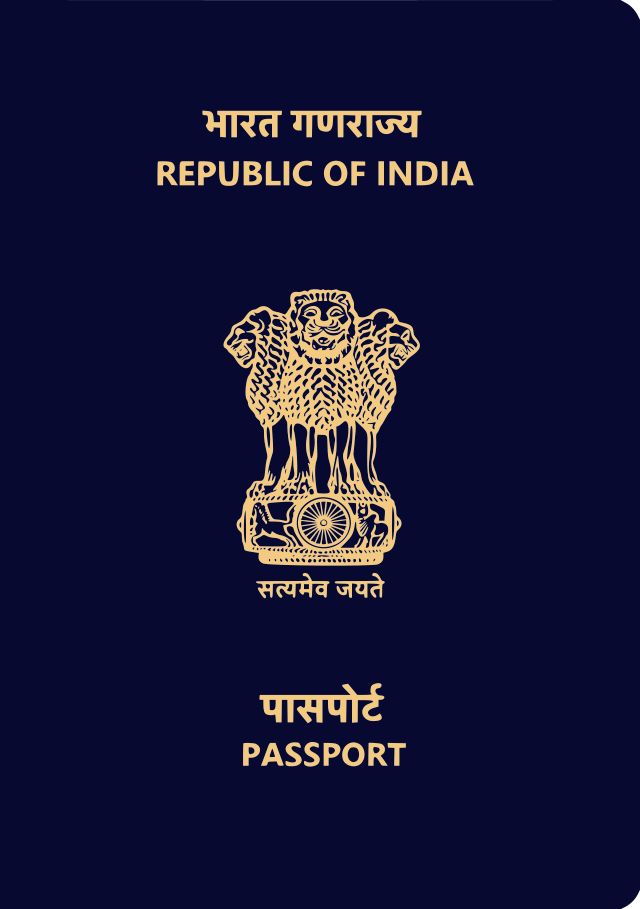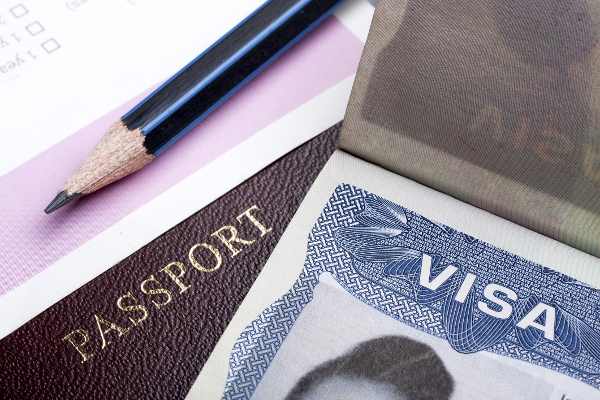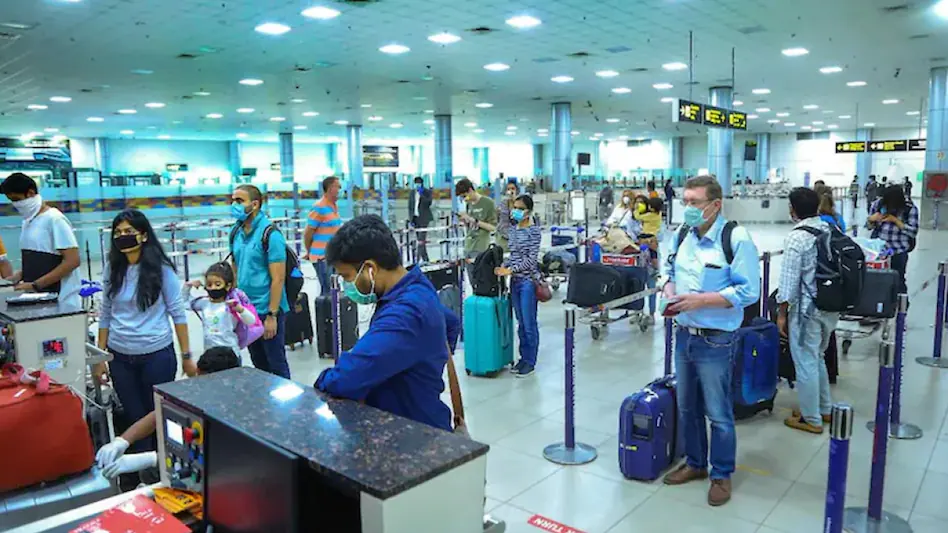Are you dreaming of exploring the bustling streets of New York City or basking in the sun on a California beach? If you’re ready to turn your American dream into a reality, then understanding the ins and outs of obtaining a US visa is crucial. Whether you’re planning for a vacation, furthering your education, or pursuing career opportunities stateside, our comprehensive FAQ guide is here to answer all your burning questions. From demystifying visa types to simplifying application processes, we’ve got you covered every step of the way. So buckle up and get ready to dive into this ultimate resource – because your journey towards that coveted US visa starts right here! US VISA FAQ
Introduction to US Visa: What is it and why do you need it?
A visa is a document that allows an individual to enter, stay or leave a country for a specified period of time. In the case of the United States, a visa is required for most foreign nationals who wish to visit, work, study or engage in any other temporary activity in the country.
The US visa serves as an entry permit and is issued by the US Department of State. It provides permission for an individual to travel to the US and seek admission at a designated port of entry such as an airport or land border crossing.
Why do you need a US Visa?
The primary reason for needing a US visa is because it grants you legal entry into the country. Without one, you will be denied entry at your port of arrival. The immigration officer will ask for your passport and supporting documents such as your visa approval notice before granting you permission to enter the country.
Another important reason why you need a US visa is that it determines how long you can stay in the country and what activities you are allowed to engage in during your stay. For example, if you have been granted a tourist visa, then you are only permitted to engage in leisure activities such as sightseeing and visiting friends or family. On the other hand, if you have been granted a student visa, then you are allowed to study at an approved institution for a specific period of time.
It’s important to note that having a valid US visa does not guarantee
Types of US Visas: A breakdown of the most common types
The United States offers a variety of visas for individuals seeking to enter the country for various purposes. Each visa type has its own specific requirements and duration of stay, so it is important to understand the differences between them in order to determine which one is best suited for your needs. US VISA APPLICATION PROCESS
1. B-1/B-2 Visitor Visa:
This is the most common type of visa for tourists, business travelers, and individuals visiting friends or family in the US. The B-1 visa is for temporary business trips such as attending meetings or conferences while the B-2 visa is for tourism or leisure activities. Both visas allow for a maximum stay of 6 months and do not permit any employment in the US.
2. F-1 Student Visa:
This visa is issued to international students who have been accepted into a US educational institution. The F-1 visa allows students to study full-time and work part-time on campus during their academic program. Upon graduation, students may also be eligible for Optional Practical Training (OPT) which allows them to gain practical experience in their field of study.
3. H-1B Work Visa:
The H-1B visa is designed for highly skilled foreign workers with specialized knowledge or skills in a specific field such as science, engineering, or technology. This type of visa requires sponsorship from an employer and allows individuals to work in the US temporarily (up to 3 years) with the possibility of extension.
4. J Exchange Visitor Visa:
The J visa category covers a
US Visa Application Process: Step by step guide
The process of obtaining a US visa can seem overwhelming, but with the right information and preparation, it can be a smooth and successful experience. In this section, we will provide you with a step-by-step guide to help you understand the US visa application process.
Step 1: Determine your visa type
The first step in applying for a US visa is determining which type of visa you require. The most common types of visas are nonimmigrant visas for temporary stays such as tourism, business, study or work. Immigrant visas are for those who wish to permanently reside in the US.
To determine your visa type, visit the website of the US Department of State and use their Visa Wizard tool. This tool will ask you a series of questions to determine which visa category best suits your purpose of travel.
Step 2: Complete the online application form
Once you have determined your visa type, you must complete the online Nonimmigrant Visa Electronic Application (DS-160) form. This form collects personal information about you, including details about your trip to the US and background information.
It is essential to fill out this form accurately and honestly as any discrepancies may lead to delays in processing or even denial of your application.
Step 3: Pay the application fee
After completing the DS-160 form, you will need to pay an application fee before scheduling an interview at a US embassy or consulate. The fee amount varies depending on your visa type and country of citizenship. You can pay this fee
Frequently Asked Questions about US Visas
1. What is a US visa?
A US visa is an official document that allows foreigners to enter the United States for a specific purpose, such as tourism, business, education, or employment.
2. Do I need a visa to visit the United States?
It depends on your nationality and the purpose of your trip. Citizens of 39 countries participating in the Visa Waiver Program (VWP) can travel to the US for up to 90 days without a visa. However, citizens from most other countries will need to apply for a nonimmigrant visa before entering the US.
3. How do I apply for a US visa?
To apply for a nonimmigrant visa, you must first determine which type of visa you need based on your purpose of travel. Then, you must complete an online application form (Form DS-160), schedule an interview at the nearest US embassy or consulate in your country, and pay the required application fee.
4. How long does it take to get a US visa?
The processing time for a nonimmigrant visa varies depending on factors such as your country of citizenship and time of year. Generally, it takes anywhere from a few days to several weeks or even months.
5. How much does it cost to get a US visa?
The application fee for most nonimmigrant visas is $160 USD. However, some types of visas may have additional fees or lower fees for certain categories.
6. Can
What documents do I need to apply for a US visa?
Applying for a US visa can be a daunting process, especially if it’s your first time doing so. There are many requirements and documents that you need to prepare and submit in order to have a successful application. In this section, we will discuss the essential documents that you need to have when applying for a US visa.
1. Valid passport – Your passport is the most important document when traveling abroad, including to the United States. It serves as your proof of identity and nationality. Make sure that your passport is valid for at least six months beyond your intended stay in the US.
2. Nonimmigrant Visa Application (Form DS-160) – This is an online form that needs to be filled out completely and accurately. You can access this form through the Department of State’s Consular Electronic Application Center (CEAC) website.
3. Photo – A recent photograph of yourself is required for your visa application. The photo must meet certain specifications such as size, background color, and facial expression.
4. Visa application fee receipt – Before filling out Form DS-160, you will need to pay the non-refundable visa application fee through a designated bank or online payment system.
5. Appointment confirmation page – Once you have completed Form DS-160 and paid the necessary fees, you will receive an appointment confirmation page with a barcode that contains all of your information.
6. Proof of financial support – You must provide evidence that you have sufficient funds to cover your expenses while in the US


